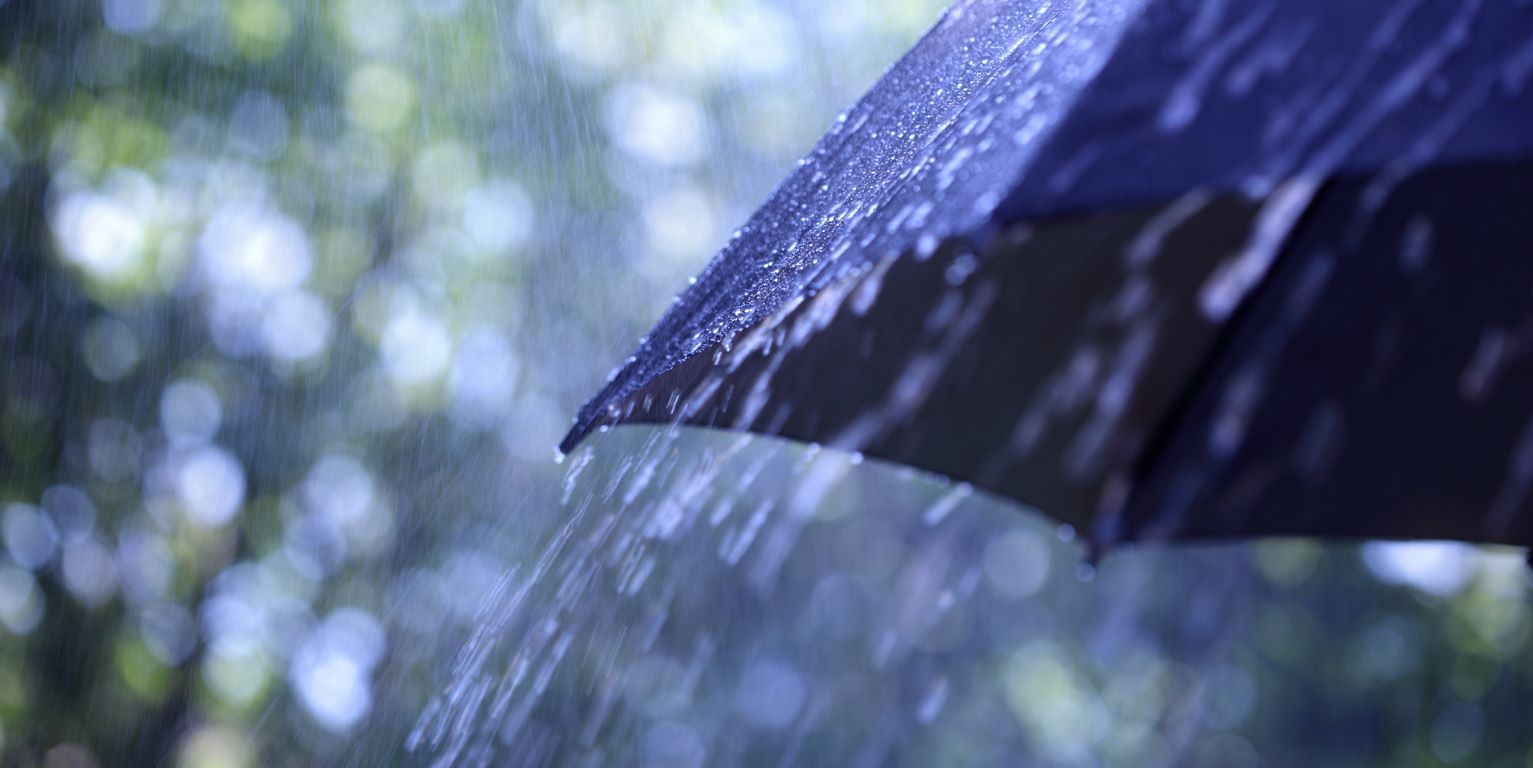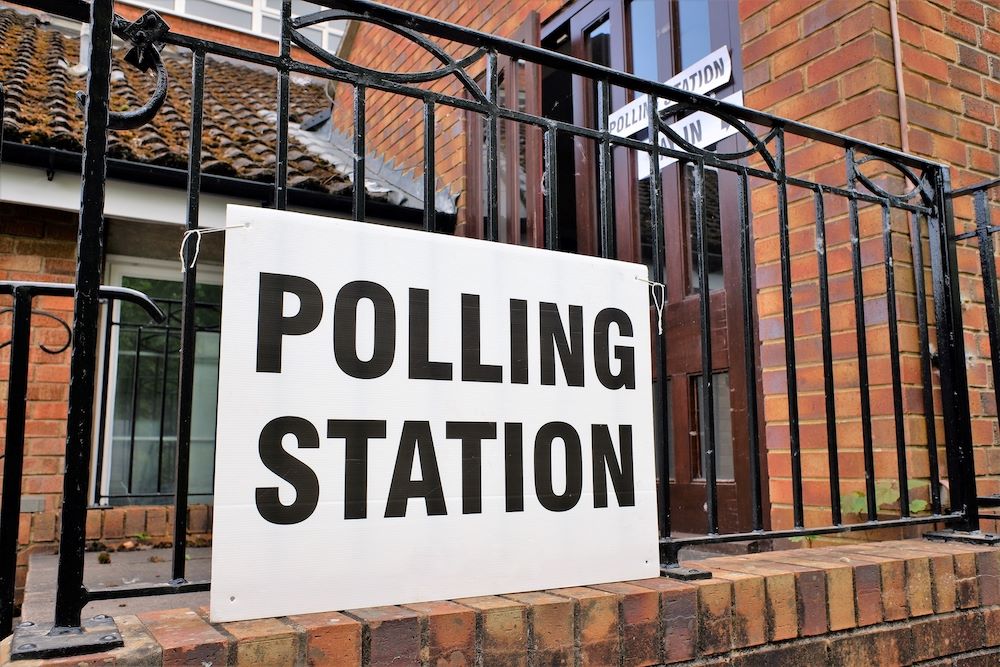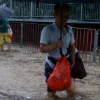Leading up to polling day, there is always speculation about how the weather forecast might affect voter turnout. Imagine: rain pouring down your window, a chilly outlook—would that deter you from heading to your local polling station?
We know weather can impact our daily lives, influencing what we buy and even affecting the broader UK economy. But is there concrete evidence that weather conditions influence voter turnout?
The weather has been quite varied since the rain fell on Downing Street on 22 May when the General Election was called. While there was a spell of warmer weather at the end of June, it was a colder-than-average month.
July hasn’t started much better, with temperatures mostly below average this week. Thursday’s forecast shows a changeable outlook.
An area of low pressure will linger north of the UK, bringing strong winds with gusts up to 50mph (80km/h) in Scotland, Northern Ireland, and northern England. Expect a mix of sunny spells and showers.
Temperatures will be slightly cool, ranging around two to six degrees Celsius below average for this time of year.

However, given that the election follows just two weeks after the summer solstice—the longest day—there will be approximately 17 hours of daylight, ensuring polling stations are well-lit throughout their opening hours (7am to 10pm).
There is no correlation between temperature or rainfall and the number of people who turn out to vote. Reflecting on the last general election on 12 December 2019, there were six to eight hours of daylight across the UK, with most polling hours occurring in darkness.
It was a typical December day, marked by occasional rain and maximum temperatures ranging from one to eight degrees Celsius. It turned out to be the coldest polling day since the February 1974 election.
With a total average precipitation of 25.27mm (0.9 inches) across the UK, it also ranked as the wettest on record dating back to 1931.
Despite these conditions, turnout reached 67.3%, slightly lower than the 68.8% recorded in the June 2017 general election but the highest among the four elections since 2001.
He noted, however, that severe weather disruptions could potentially impact voter participation, though such incidents have not occurred during polling. It’s well-documented that weather influences various aspects of daily life.

